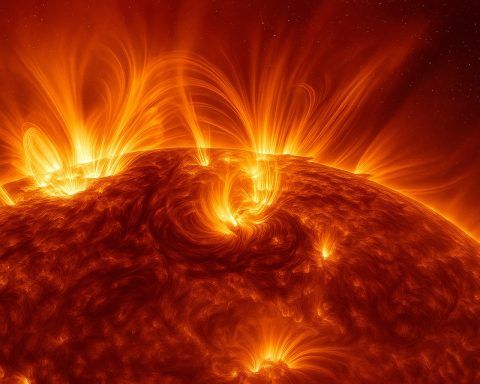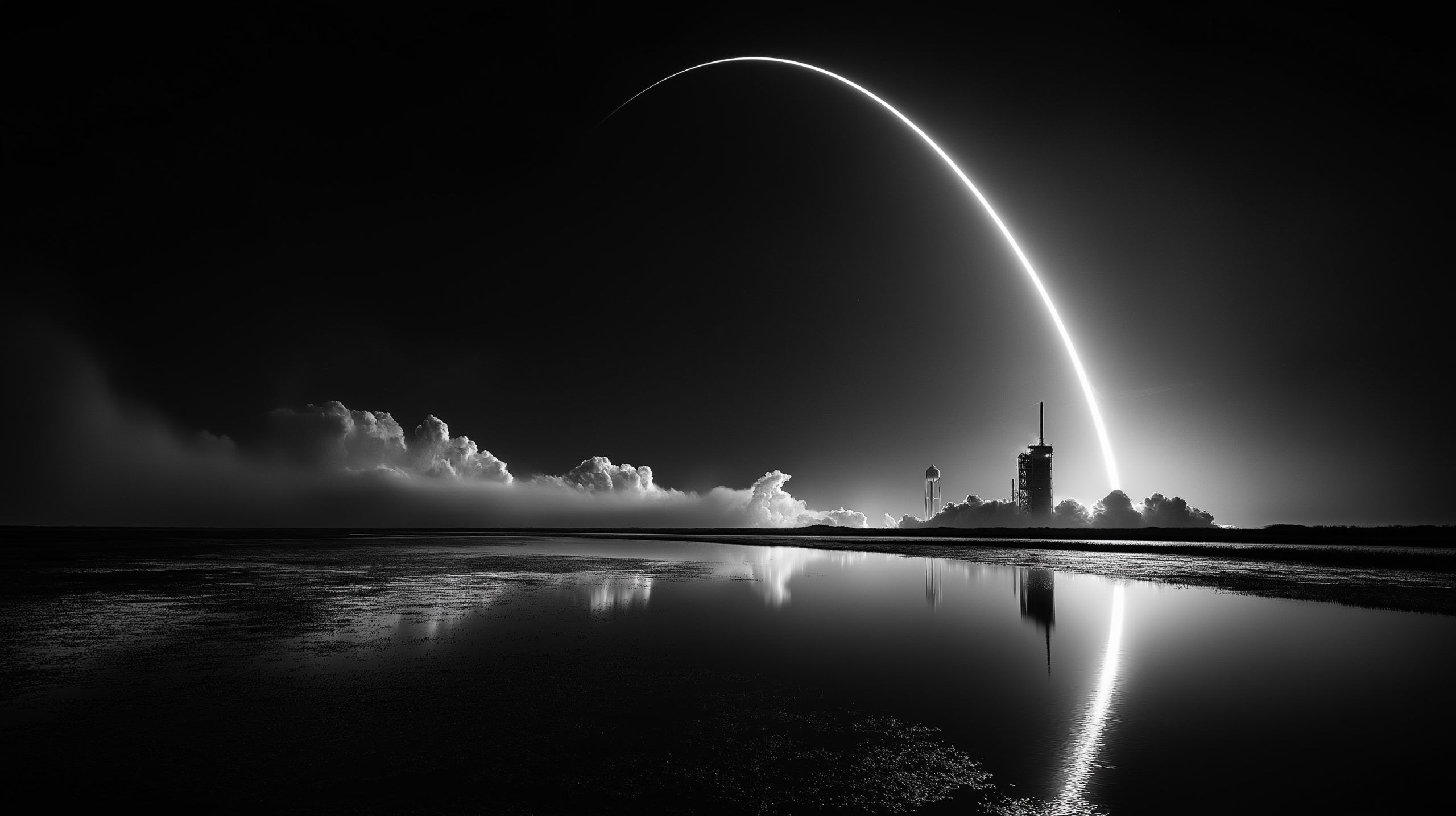
Solar Storm Today, December 3, 2025: G2 Geomagnetic Watch and Northern Lights Forecast for the US and Canada
Published: December 3, 2025 Overview: Why tonight matters for aurora chasers A burst of “space weather” from the Sun is lining up with North America tonight, and it could bring the aurora borealis (northern lights) into view for millions of




